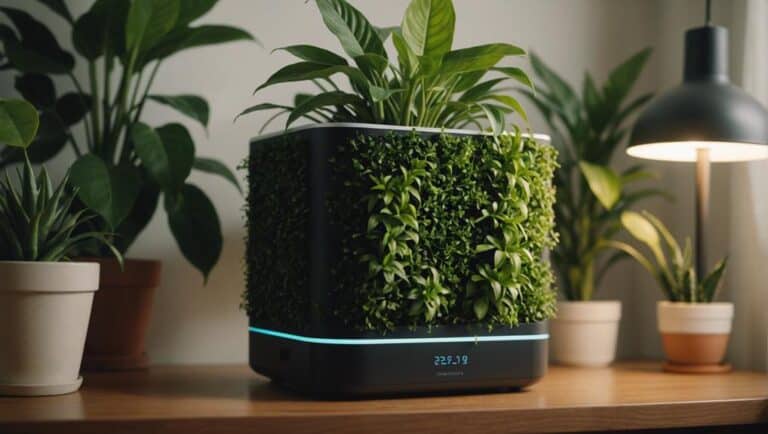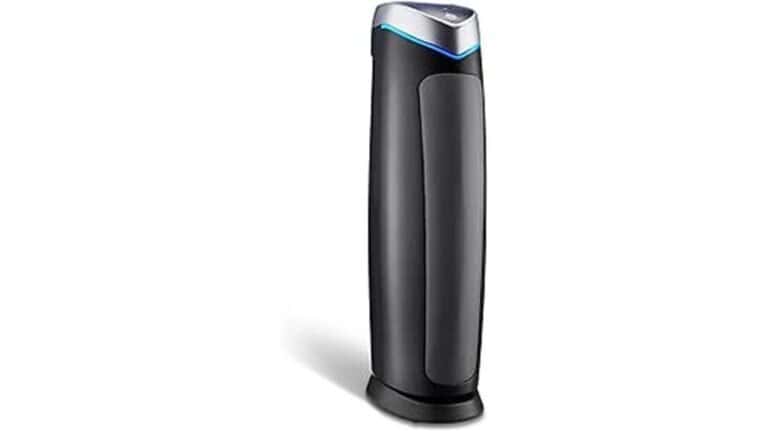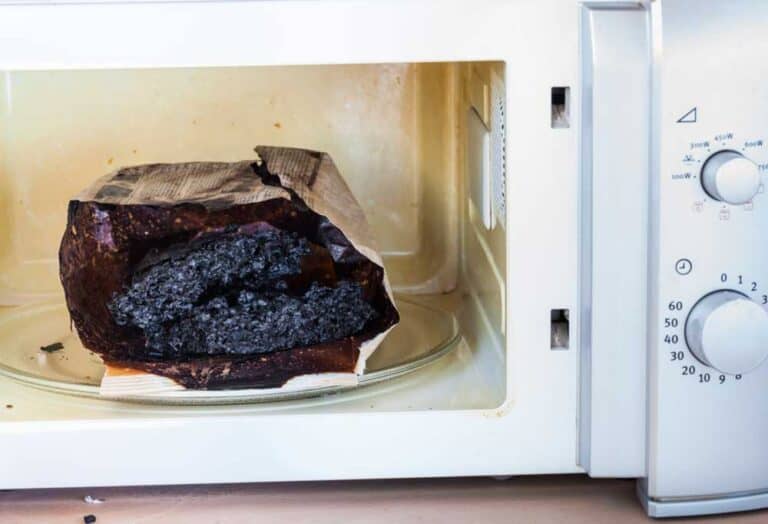Comparing the Air Purification Technologies in Sharp and Panasonic: Which Works Better?
What are the benefits of using an air purifier?
An air purifier is a valuable appliance that can significantly improve the air quality in your home. By effectively removing allergens, pollutants, and odors, it creates a clean and healthy environment for you and your family.
Improving indoor air quality
Indoor air quality is often worse than the air outside. Dust, pet dander, pollen, and other particles can accumulate and cause respiratory problems. An air purifier filters out these contaminants, providing you with cleaner air to breathe.
Reducing allergens and pollutants
Allergens such as dust mites, mold spores, and pet dander can trigger allergic reactions and worsen asthma symptoms. An air purifier with a HEPA filter effectively captures these allergens, reducing their presence in the air and minimizing the risk of allergic reactions.
Eliminating odors
Whether it’s cooking smells, pet odors, or cigarette smoke, unpleasant odors can linger in your home. An air purifier equipped with an activated carbon filter helps absorb and neutralize these odors, leaving your home smelling fresh and clean.
General Comparison Table
| Features | Sharp Air Purifiers | Panasonic Air Purifiers |
|---|---|---|
| Filtration Technology | Plasmacluster Ion technology: Releases ions to deactivate pollutants | Nanoe™ technology: Releases nanosized particles to eliminate pollutants |
| Particle Removal | Removes various airborne particles like dust and pollen | Efficiently captures particles as small as 0.3 micrometers |
| Odor Elimination | Neutralizes and eliminates odors caused by pets, tobacco, and food | Helps reduce odors including pet odors, cooking smells, and cigarette smoke |
| Humidity Control | May not have specific humidity control features | Some models may offer humidity control features |
| Smart Features | May offer additional features like dust and odor sensors | May include intelligent sensors for air quality detection |
| Noise Level | Varies depending on the model | Varies depending on the model |
| Energy Efficiency | Varies depending on the model | Varies depending on the model |
| Additional Features | May include automatic operation modes and child lock | May include sleep mode, timers, and energy-saving modes |
How does Panasonic’s air purifier technology work?
Panasonic utilizes cutting-edge technology in its air purifiers, including the innovative nanoe technology. This technology releases charged water particles called nanoe into the air, effectively removing various pollutants and improving overall air quality.

Understanding the nanoe technology
The nanoe technology works by generating highly reactive hydroxyl radicals from moisture in the air. These radicals attach to airborne particles, such as bacteria, viruses, and allergens, and neutralize their harmful effects. The nanoe particles can also moisturize the skin and hair, providing additional benefits.
How does it tackle smog?
Smog is a serious problem in many urban areas, and it poses a threat to our health. Panasonic’s air purifiers with nanoe technology are effective at reducing smog particles by attaching hydroxyl radicals to them. This helps to improve the quality of the air you breathe indoors.
Does it effectively remove airborne viruses?
Airborne viruses, including influenza and respiratory viruses, can spread easily in indoor environments. Panasonic’s air purifiers with nanoe technology have been proven to inhibit the activity of these viruses, reducing the risk of transmission and improving overall immunity.
What are the advantages of Sharp’s air purifier technology?
Sharp is known for its advanced air purifier technology, which includes the highly efficient HEPA filtration system. This system effectively captures and removes particles from the air, ensuring cleaner and healthier indoor air quality.

Exploring the HEPA filtration system
HEPA stands for High-Efficiency Particulate Air, and it is a type of filter that can trap particles as small as 0.3 microns with an efficiency of 99.97%. Sharp’s air purifiers use true HEPA filters, which are capable of capturing tiny particles such as pollen, pet dander, and dust mites.
How does it effectively remove particles from the air?
Sharp’s air purifiers draw air through the HEPA filter, where the particles are trapped and prevented from re-entering the room. This ensures that the air you breathe is free from harmful pollutants, improving the overall air quality and protecting your respiratory health.
Does it have an ionizer feature?
Yes, Sharp’s air purifiers also feature an ionizer that releases negative ions into the air. These negative ions attach to airborne particles, causing them to become heavy and fall to the ground or adhere to surfaces. This adds an extra layer of purification to the air in your home.
Which works better: air purifier or dehumidifier?
While both air purifiers and dehumidifiers serve different purposes, they can complement each other in improving indoor air quality.
Differences in functionality and purpose
An air purifier’s primary function is to remove particles and pollutants from the air, while a dehumidifier’s main purpose is to reduce humidity levels and prevent the growth of mold and mildew. Depending on your specific needs, you may require both appliances to maintain optimal air quality.
Choosing the right appliance for your needs
If you live in an area with high humidity and are concerned about mold growth, a dehumidifier may be a better choice. On the other hand, if you suffer from allergies or want to reduce the presence of airborne particles, an air purifier is essential.
Combining the benefits of both technologies
In some cases, it may be beneficial to use both an air purifier and a dehumidifier together. By reducing humidity levels and removing particles from the air, you can create a healthier and more comfortable living environment.







One Comment